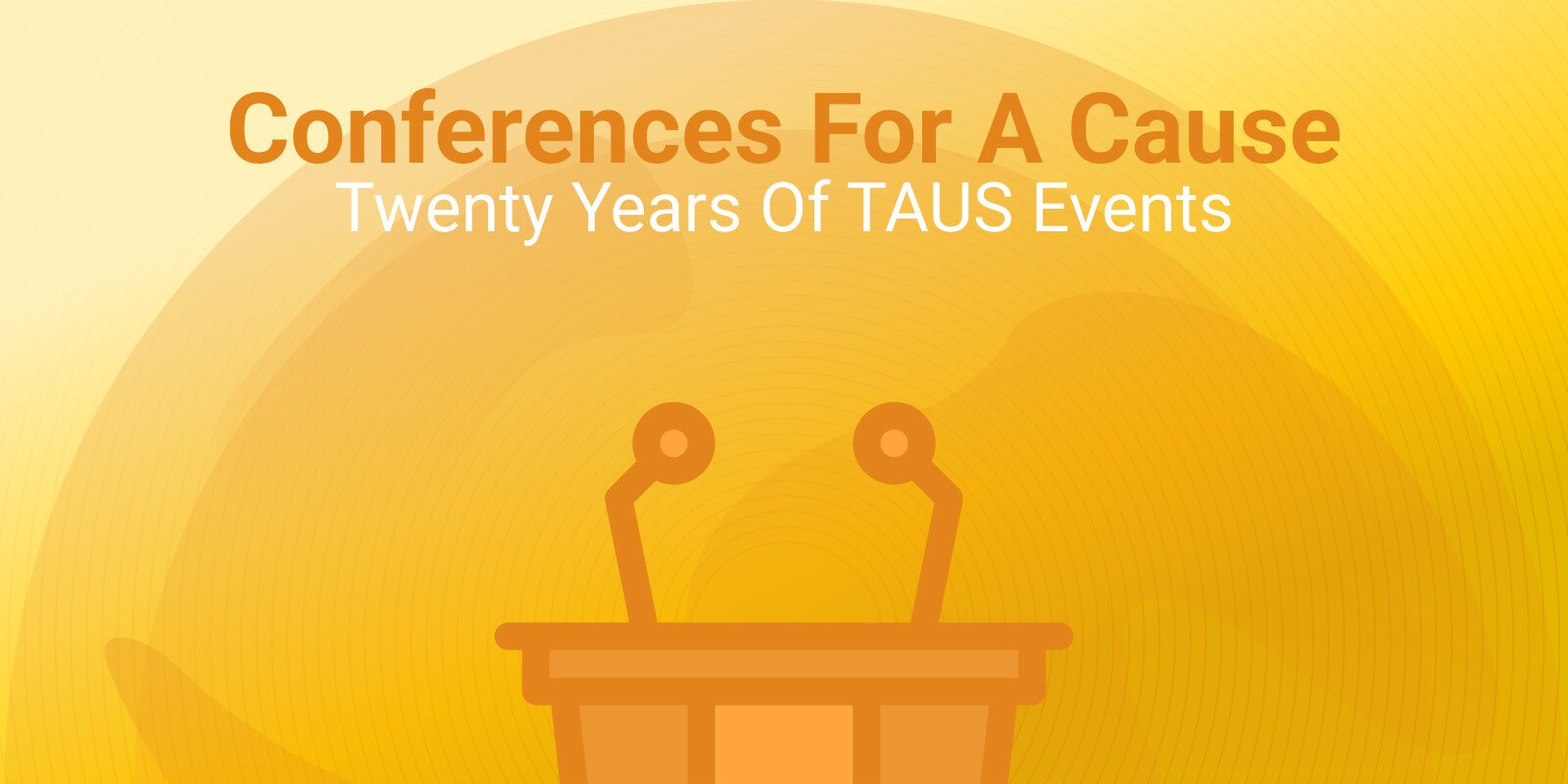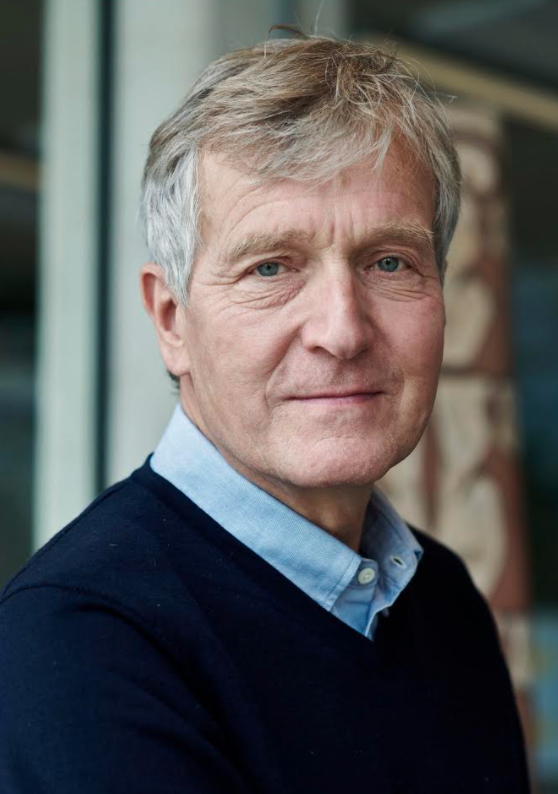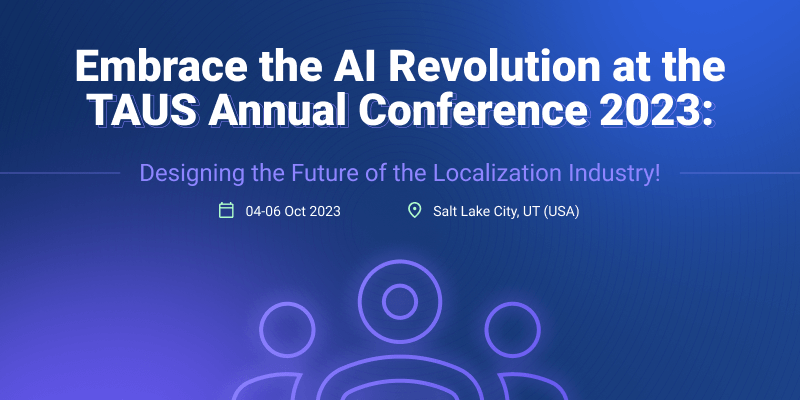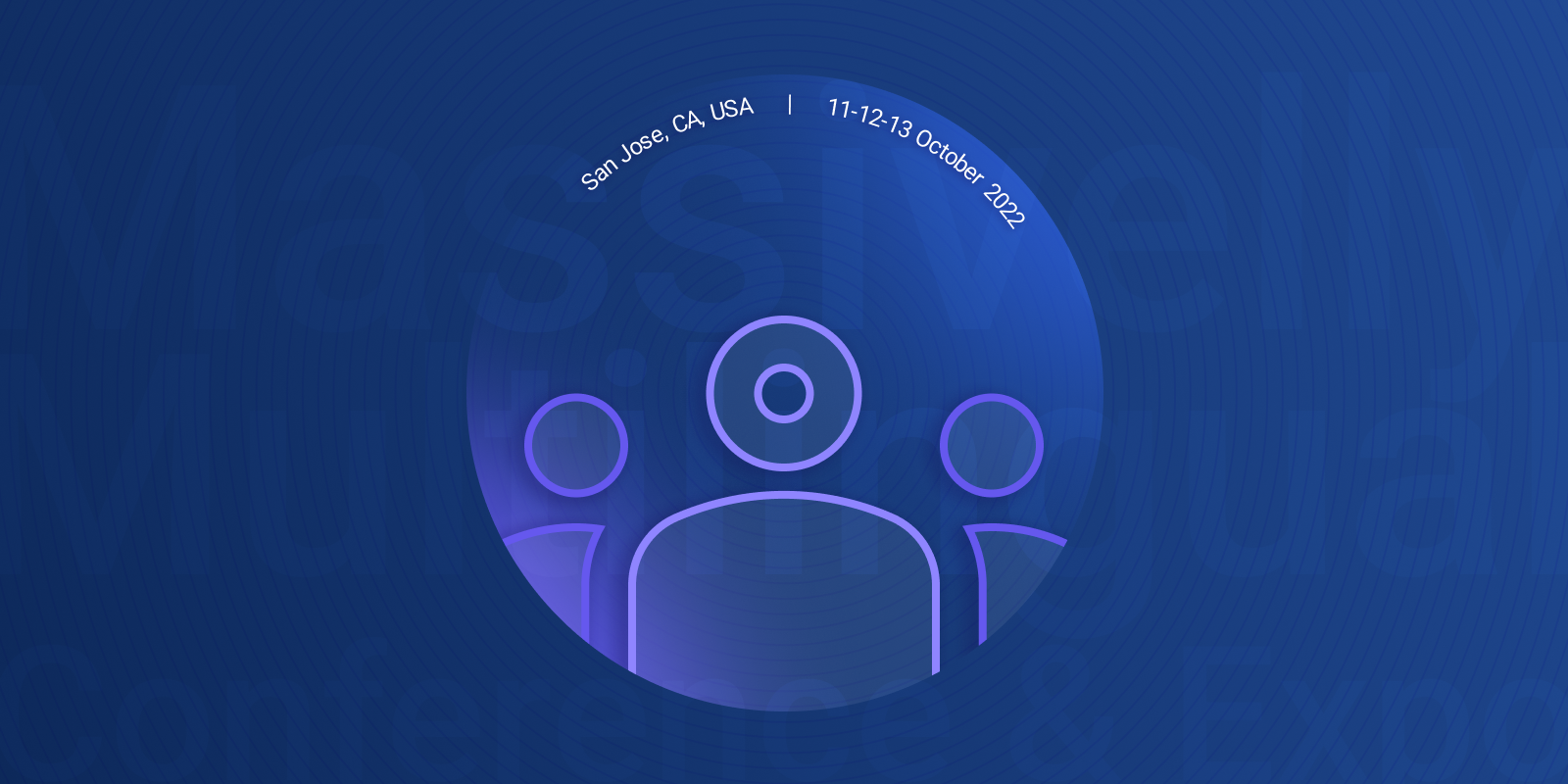Local Content, Global Impact

Highlights of the TAUS Global Content Summit Amsterdam on March 6, 2019 covered a vast range of topics from the importance of the data layer in storytelling to human parity.
On March 6, we kicked off the TAUS Events 2019 with the Global Content Summit in Amsterdam. Symbolically, in the most global city in the world and only a bit over a year since the full force revolution of neural networks in 2017.
Technology has really started to make a difference and the changes in the industry are becoming exponential. What was traditionally known as the language (translation/ localization) industry is being more and more embedded in different verticals, making our business about global content and communication. Therefore, this year at TAUS, we are saying Farewell Localization, Welcome Global Content, and Communication, and we gather with industry professionals around the world to debate and consider the impact of these changes at the TAUS Global Content Summits.
Nobody can make the change on their own, as we are all a part of an ecosystem, pointed out Jaap van der Meer, Director of TAUS. The premise that the industry needs to act as one set the tone for this event, and encouraged around sixty participants to join mental forces and think about how to bridge the remaining gaps on the path of bringing our industry to the next level – the knowledge, data, and operational gaps.
Critical Data Layer in a Storytelling Continuum
A great example of how localization can be raised to the level of global content and communication was given in the keynote speech by Chris Dell (Booking.com). He shared the story about reaching the sweet spot between human creativity and the incredible intelligence of vast amounts of data gathered from the business.
Booking.com is tediously data-driven, explains Chris, our global expansion was always driven by consumer demand and measured in ROI on pay-per-click (PPC), number of bookings and number of properties that we have available on our platform. Even though the conversion-driven mindset rules the Booking.com world, storytelling has gained just as an important place over the years. Evolution of the brand that grew from selling hotels only, to offering complete travel experiences required an upgrade of the originally transactional content to the content that tells a story. A story about a location, an accommodation, but also about hotel owners and hosts and the Booking.com employees themselves.
To make that possible, in-house content and language teams at Booking.com cover a full spectrum of content and language-related services: from localization, market research, and transcreation, to video/subtitling localization and content creation in the target language for some markets. They adapt to handling data and building language models to support the Booking.com machine translation efforts in making the great volumes of user-generated content and property descriptions accessible to everyone. At the same time, it is clear that while the data provides the critical foundation, people inject personality and support that foundation with a strong, diverse, empathetic, inclusive and continuous narrative.
Connecting Content
Rikkert Engels, the founder of Xilio, presented to us a technology solution that addresses a known problem which remains, despite the rise of AI. Although the roles are changing and new opportunities for personalization and localization at scale are being created, the language technology landscape stays fragmented, with an ever-increasing number of tools and software that handle content. CAT, TMS, CMS, EMS, MT, just to name a few.
The machines might be picking up speed at an unprecedented rate (New York Times article, 1993), but in order to take full advantage of AI, they need to operate in a connected environment. While the industry integrations mainly focus on integrating translation services with translation technologies, the solution that Xilio introduces - the Localization Hub - adds content systems to that equation.
Beyond Human Parity
When making the claim, Microsoft defined achieving human parity as the lack of statistically significant difference between human quality scores for a test set of candidate translations from a machine translation system and the scores for the corresponding human translations, and that is what they measured. They performed statistical significance testing of annotation samples for both human and machine translation quality scores, following the WMT direct assessment methodology. Result: the best automatic translation proved better than crowd-sourced human translation as used in the WMT contest, and in the same category as human translation from scratch.
The reality is that we are getting closer to human parity year-on-year, and the most significant improvements happen in the largest languages with most available corpora. Advancement is still needed in building in the capability to consider document context, inject the real-world knowledge into the decision-making process for NMT and avoid catastrophic mistakes. Great results are achieved with domain-specific customization, tuning algorithms and data, and adding another layer of information and parameters to the neural networks.
The journey to human parity is not over yet. What we should not forget is the value gain that goes beyond the goal of reaching it, which is access to other areas that would otherwise stay inaccessible, such as having a true conversation with a deaf person.
Automatic For the People
Human parity or not, introducing automation and AI in everyday workflows is exciting and unsettling at the same time, as it forces changes upon the traditional roles. In a joint presentation, Dominique Puls (tsd), representing an LSP perspective, and Tony O’Dowd (KantanMT), speaking from the point of view of an NMT software provider, share a success story and a number of key findings on the best organizational approach in managing the convergence of automation and teams.
tsd introduced the KantanMT Transformer Neural Networks (TNN) in their workflows. To illustrate the expected efficiency gains, Tony showed some exciting performance results of TNN: 79/81 score for fluency and accuracy, a significant improvement compared to the statistical model (64/68). When you want to introduce such a system that evidently performs well to an organization, you need to adequately manage that change. How do you re-train and re-equip your organization to work with the new system with the least friction possible? What Dominique suggests is to:
- Get the people together and include everyone in the process
- Define the use cases and requirements for the new technology that make the most sense to you
- Listen to what your customers have to say and what they need
- Combine all tools available – integrate, iterate, evaluate, measure!
Finally, one of the key success attributes, adds Dominique, is getting the translators involved in the creation and the engine training process. It builds trust and gets them more engaged.
The Best Tool for the Job
We went on to discuss the outlook on MT in 2019 with Chris Wendt, Sathish Chander, and John Tinsley. John pointed out the trend they see among their customers is using more raw MT - they went from 90% of content being post-edited in 2015, to 70% of raw output being used as is today. The main reason is that the output is good enough and fit for purpose. Chris Wendt elaborated on that trend, stating that post-editing has a low ROI and that its purpose should only be to verify that the output is safe to be used. The risks of exposing raw MT output to clients or end users are potential “catastrophic” mistakes. Sathish explained that at Booking.com they don’t go into production unless the system has reached a minimum score of 95%. Building a robust homegrown system like theirs takes time and skill, so what they see as a rising trend is the recruitment challenge - there is a lack of experts with the right mindset, interested in experimenting with MT and learning from it.
The panelists agreed that technology is changing and that the process of injecting MT into the business can be complex, but what we should be after is output that is fit for purpose and a system that is best for the job.
Global Content as Growth Driver
The rapidly changing landscape and breakthroughs in machine learning come along with new challenges, but they also present us with great opportunities. We asked representatives from the buy and the supply side to reflect on the impact of these changes on their businesses.On the buyers’ panel moderated by Emmanuelle Dumas, we had Nancy Ferreira da Rocha and Alvaro Villalvilla Merelo.
Alvaro explained how Nike moved from a fully outsourced business model to a hybrid one, with in-house language specialists forming the top layer and 90% of the work being outsourced. Technologically they have also evolved to a hybrid model that allows them to only manage the pipeline, not the process. Content creation is done in a distributed manner by the brand and marketing teams and content writers with localization knowledge. They realize that insourcing comes with a scaling challenge, so they don’t plan to insource languages but are cautiously looking at integrating MT into their processes. Similarly, FedEx employs a fully outsourced model for translations. They automate processes with a cloud-based TMS and publish content in real-time, but they still manage quality internally, rely on the in-country review by marketing teams and are not there yet when it comes to leveraging MT.
The change is slow but it is happening, is the overall impression. Localization is being more and more recognized as driving global expansion and growth within enterprises, because we’ve learned how to serve the business and brand better, instead of preaching about the language, concludes Alvaro.
Do the language service providers share the same feeling? We asked Joël Sigling (Interlingo), Iris Tiessens (MetTaal), Eveline van Sandick (Attached Language Services) and Neil Campbell (Lingo24) in a panel moderated by Mathan Sivaloganathan (Xillio).
While Eveline argues that the technology trend is being set by the big players, Mathan sees an opportunity in mass translations that leave room for differentiation and in technology that LSPs could use as a gateway. For the LSPs, the main challenge with MT is managing expectations with immature clients. One thing is for sure, they are transforming their business. Improving the workflows and optimizing the use of TMs and MT gain efficiencies and time to market, so the role of the LSP as the trusted language consultant seems to move towards becoming marketing agencies and content creators. When it comes to the relationship with the clients, the key is to involve them and show them that you can increase the expansion of localization together.
No Measuring, No Management
We close the day with a reminder of why having measurements in place is imperative. Without measurements, managing business becomes difficult. Dace Dzeguze (TAUS) shares some exciting data collected through TAUS DQF API: productivity in MT segments has reached the same productivity gains as in the TM segments, and the edit-density trend report shows that the average edit-distance in MT content is lower than the edit-distance in a TM content, suggesting that MT improved in quality.
Join the Conversation
Where is the technology taking us? How do we upshift our skills and fix the knowledge gap? How do we optimize our content streams? These and many more questions will be addressed at the TAUS events this year. Join these conversations and help us raise awareness of how the local content not only has a global impact, but is also becoming inherently global – not simply supporting, but driving the global expansion and business growth.
For all the photos from this event, check out the TAUS Facebook Page.
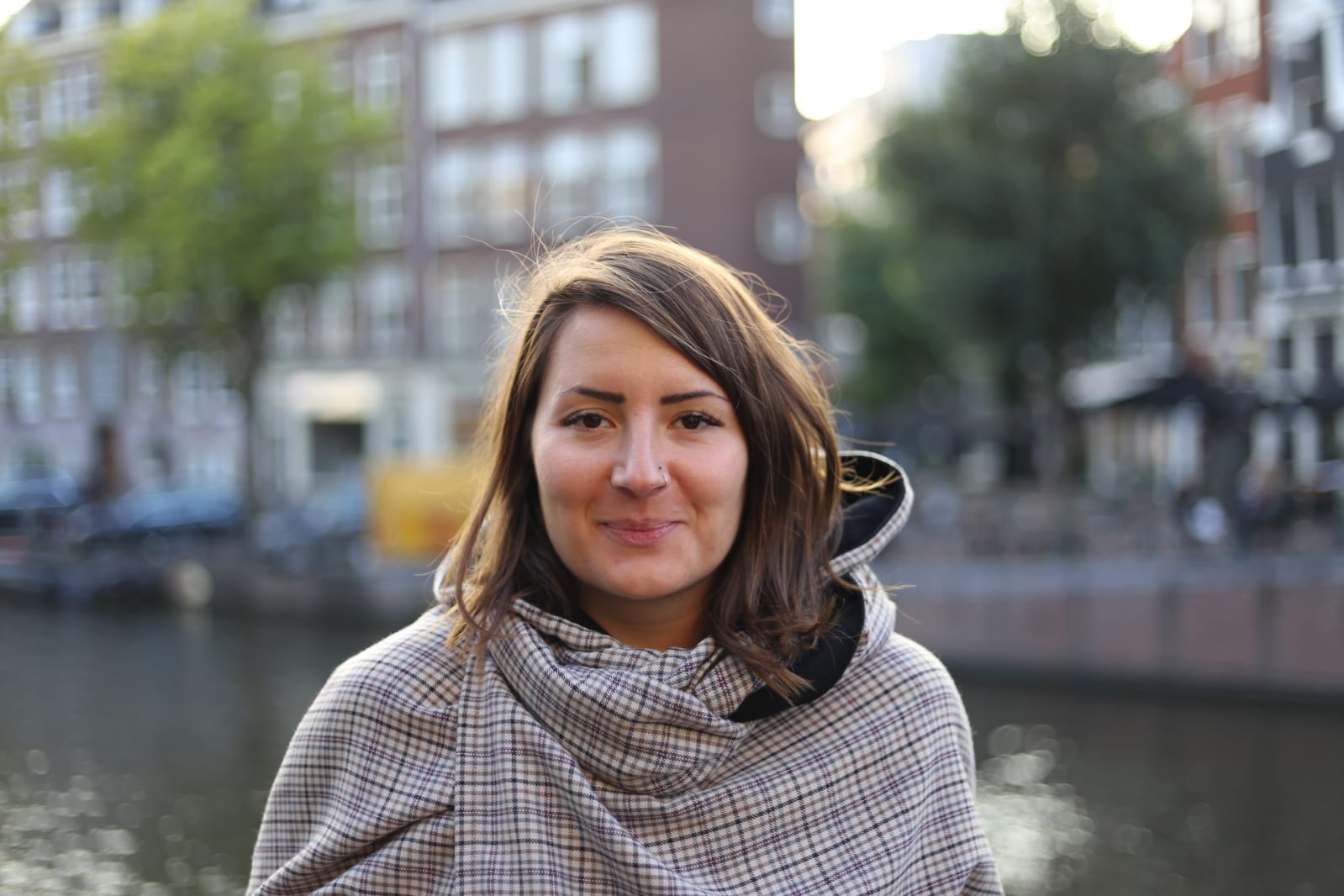
Milica is a marketing professional with over 10 years in the field. As TAUS Head of Product Marketing she manages the positioning and commercialization of TAUS data services and products, as well as the development of taus.net. Before joining TAUS in 2017, she worked in various roles at Booking.com, including localization management, project management, and content marketing. Milica holds two MAs in Dutch Language and Literature, from the University of Belgrade and Leiden University. She is passionate about continuously inventing new ways to teach languages.
 by Şölen Aslan
by Şölen Aslan